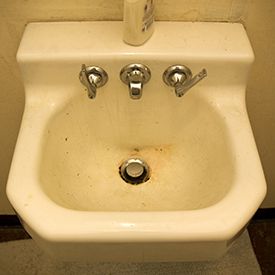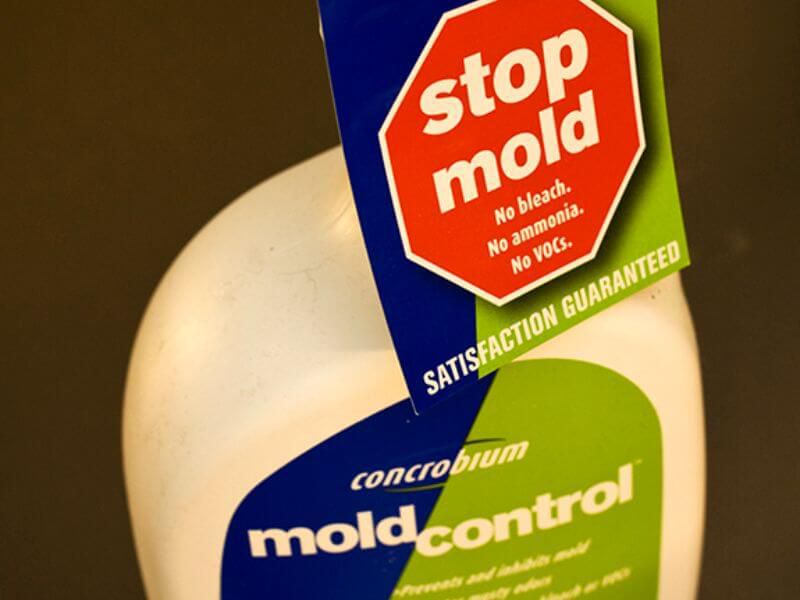This review was a long time coming. Rather than a full review as we were planning, this is going to be more of a “product awareness post”.
Concrobium sent us two bottle sample kit a few months back, but with the wedding in May and the move, we haven’t had time to do a test like we’d been planning.
Last week, though, I made the exciting discovery that there was mold in the office sink. I brought the “MoldControl” to work and was prepared to give it a test only to discover that it’s not intended for sinks but rather more of a preventive solution for walls and surfaces not intended for dampness.
So, a huge thanks to Concrobium for sending the sample our way. I’ll keep my eyes open for an opportunity to give it a test.
Until then, dear readers, learn more on the Concrobium Mold Control website.
Jonathan Wold
MoldBlogger.com




96 comments